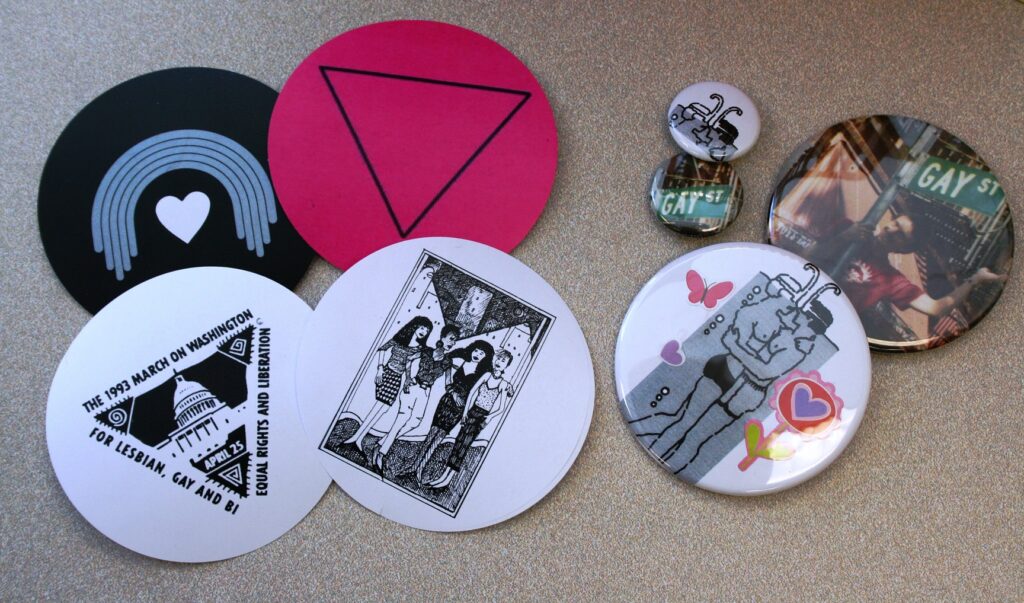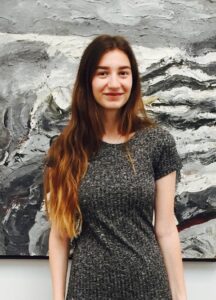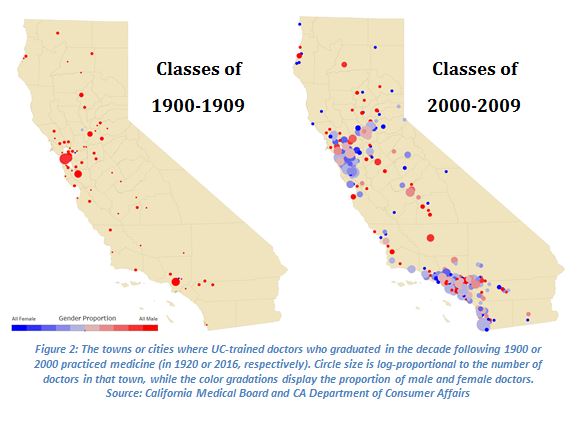We’re happy to welcome new intern Maopeli Ali to Archives & Special Collections. Born and raised in San Francisco, Maopeli is currently a sophomore at Kenyon College in Ohio where he is pursuing a major in biology with a minor in Latin. At Kenyon, he also participates in club rugby and is a member of the Delta Tau Delta fraternity. Maopeli is a seasoned intern; he has previously worked at various institutions in the Bay Area, including an architecture firm, the Geology Department of the California Academy of Science, and the Children’s Hospital Oakland Research Institute (CHORI). Maopeli is very ambitious, and is proud to be a First Generation to College student. He plans to attend graduate school after completing his undergraduate studies to pursue a Criminal Justice Master Degree in Forensic Science. His career goal is to become a forensics investigator for the Federal Bureau of Investigation (FBI).

New Archives intern Maopeli Ali
Maopeli comes to us as part of the Children’s Hospital Oakland Research Institute Summer Research Program. “This program is designed to provide an opportunity for High School and Undergraduate students to immerse themselves in the world of basic and/or clinical research for three months during the summer. The program pairs students with one or two CHORI principal investigators who serve as mentors, guiding the students through the design and testing of their own hypotheses and methodology development. At the end of the summer, students present their research to their peers just as any professional researcher would do.” As a CHORI intern, Maopeli is mentored by Dr. Aimee Medeiros from the UCSF Department of Anthropology, History, and Social Medicine and Polina Ilieva, Head of Archives & Special Collections.
Maopeli will be working on digitizing medical records using our newly-implemented scanning lab purchased with funds from UCSF’s RAP Shared Instrument program. He will then have the opportunity to work with some of this data to formulate a research question which can be addressed by the records.
The Archives are a new experience for Maopeli, whose previous work has mostly focused on biology. He is excited to work in this context, and explore ways in which this study can both help the archives and increase awareness within the health sciences fields about the wealth of historical medical data which is available in the archives and records of large health science universities like UCSF.











